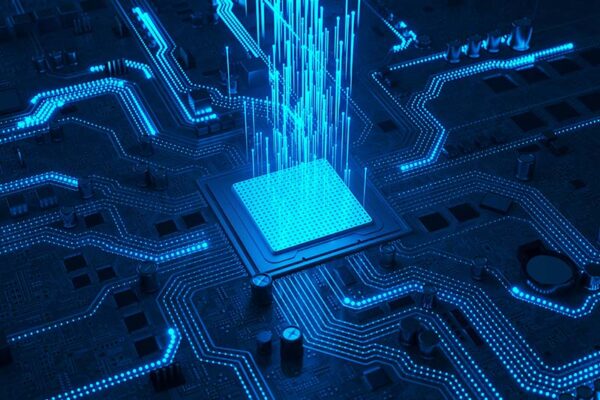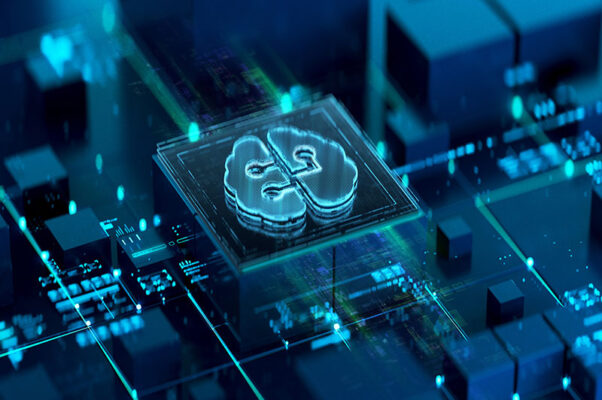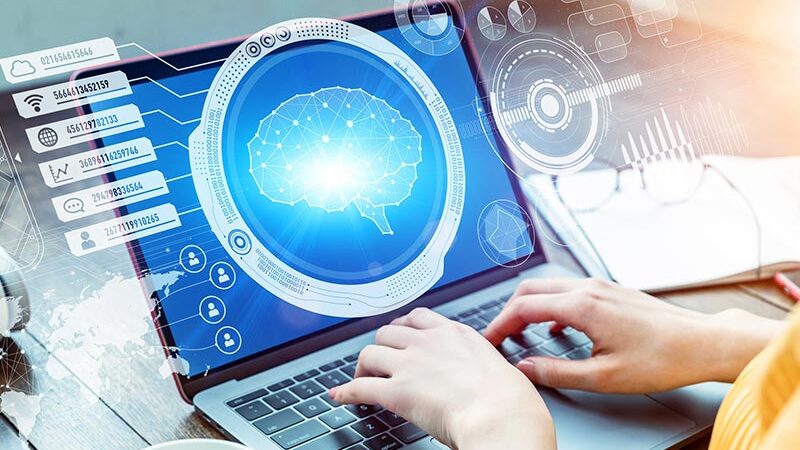AI for IoT: What Is Edge AI, and What Will It Enable?
By Bill Dykas
September 18, 2025
Estimated reading time: 4 minutes

Edge AI is the integration of artificial intelligence (AI) into edge devices, which are devices located near the data source. Edge AI does not send data to the cloud for AI processing. Instead, it processes data in real time at the application’s edge.
Edge devices include:
Data is processed directly on edge devices rather than in centralized data centers. Because data is processed in real time, edge AI devices can operate with limited internet connectivity.
Processing at the edge improves latency, which allows for:
Edge AI reduces bandwidth usage for more optimal resource utilization. Performing inferences at the edge consumes less power for greater efficiency. Local data processing also augments privacy and security. These advantages open new functionalities for edge devices, such as machine vision or complex event sensing.

Per the 2024 embedded world conference, the top trend in edge AI is NVIDIA becoming a powerhouse in the field. NVIDIA makes AI training and inferencing accessible and scalable. These are achieved through its high-performance GPUs and dedicated software platform for edge computing.
Other trends include:
Newer platforms cater to smaller AI applications, while development platforms enhance performance in constrained environments. Recent AI platforms are more compact and powerful. They are designed to support smaller-scale AI applications.
Specialized development platforms improve how AI functions in limited-resource environments. Low-power devices or systems with restricted computing capabilities benefit from these platforms.
Training at the edge is crucial for high-performance use cases like quality control. AI models trained directly on edge devices instead of centralized cloud servers are essential for demanding applications.
Edge-trained AI can adapt and improve in real time. They make faster and more accurate decisions and do not depend on constant cloud connectivity.
Edge AI enhances many IoT use cases. Three main use case categories are:
deviceWISE® AI Visual Inspection, powered by Telit Cinterion, integrates into the deviceWISE ecosystem. It adds edge AI vision detection for visual inspection.
Vision detection assesses the quality of assembled items and identifies issues. Complex tasks that are difficult to perform manually and prone to human error can be delegated to AI.
The deviceWISE VI Assistant app is part of the deviceWISE AI Visual Inspection platform. The app brings edge AI visual inspection to iPhones and iPads.
It performs AI predictions directly on the devices, utilizing Apple’s built-in GPUs and cameras. This eliminates the need for wired cameras or cloud-based processing. Quality inspectors can detect defects instantly and make decisions on the spot.
Audio-based applications have the potential to detect incidents that cameras may miss. They can provide insights into events that occur in low-visibility conditions or outside the field of view of cameras.
The main use case is simple audio keyword detection. More advanced audio detection use cases are possible when combined with another sensor for improved accuracy.
IoT devices with edge AI combine accelerometer data with audio for more precise anomaly detection than with audio alone. In industrial settings, accelerometer vibration data and sound analysis help detect machine malfunctions.

Traditional artificial intelligence for IoT use cases needs an add-on for edge inference. The latest generation of efficient AI processors integrates AI capabilities into edge devices.
Data collection is the cornerstone of edge AI. All IoT applications — except processors — must collect data. Edge hardware in non-AI applications receives data and sends it to the cloud for processing.
AI-powered applications require data for training and real-time decision-making. New IoT systems must be designed to collect and manage training data for AI-driven applications.
Network data provides insights into device communication and performance. With edge AI, users can analyze this data to monitor network availability and improve reliability. Edge AI can also optimize power consumption with smart decisions about how and when network resources are used.
Telit Cinterion is prepared for the future of edge AI. Our deviceWISE platform serve as hubs for data collection. You can connect and manage edge device deployments at scale. With deviceWISE AI, we can train AI models in the factory and retrain them on-site.
deviceWISE AI enables rapid automation without coding and integrates easily with existing systems. It supports real-time decisions by analyzing data to refine processes and lower operational costs.
We have the industry’s broadest portfolio of mobile IoT modules, including leading connectivity solutions.
Speak with our IoT experts to learn more about our edge AI solutions.